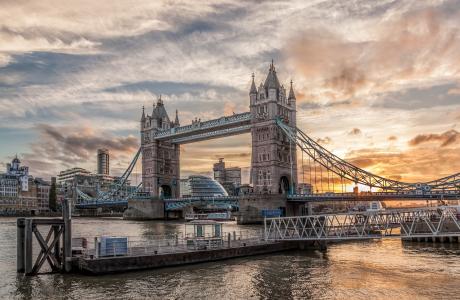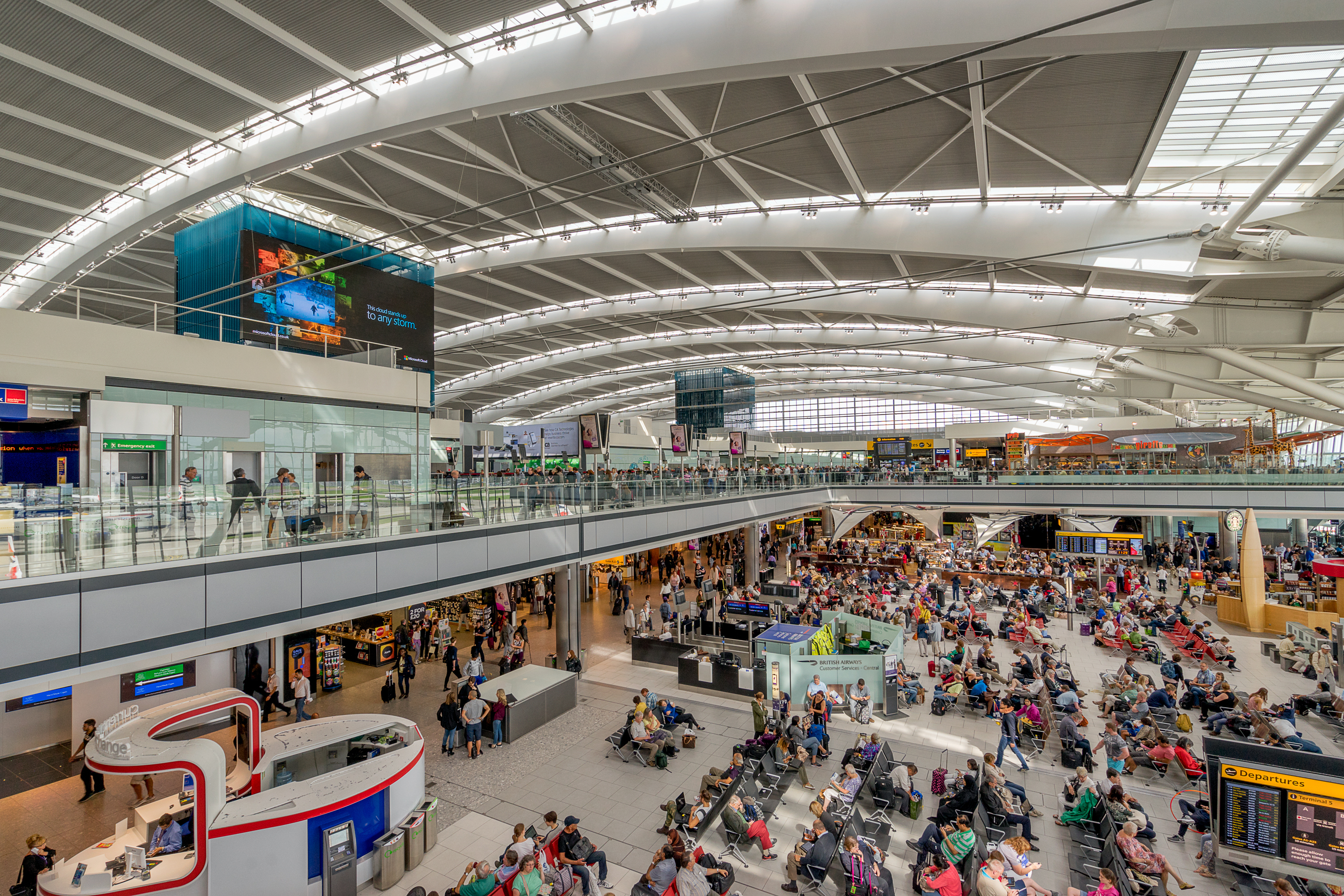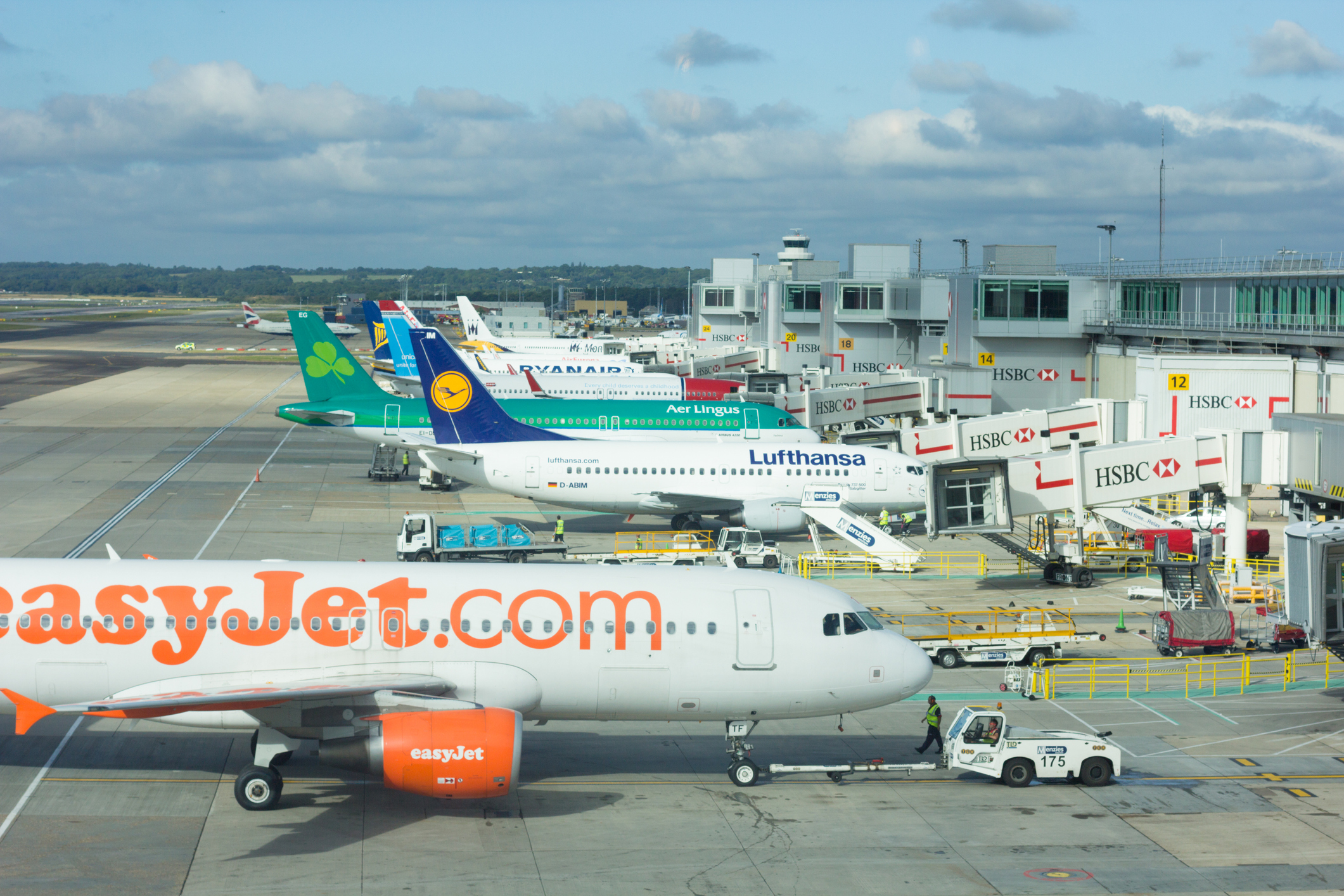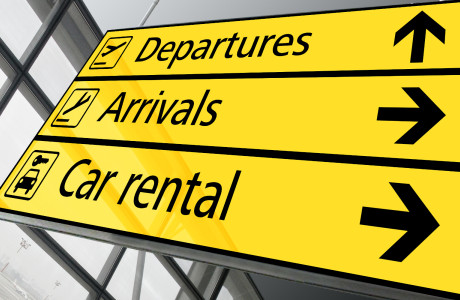
London's airports
When people talk about world cities, there's no getting around London. And as befits a cosmopolitan city, it boasts several airports, with London Heathrow Airport being the largest and best known and one of the most important airports in the world. Those who want to land as directly as possible in the city are best served by London City Airport, while the rest of London's airports are a little further out, but also easily accessible. But what makes all these airports special? How are they connected to the city? And what sights in London are not to be missed on a trip?
London's airports at a glance
It is not as easy as one might think to quantify the exact number of London's airports. Due to the large size of the metropolitan region, for example, London Oxford Airport, located about 100km from the city centre, is also called London Oxford Airport. London Southend, where there have been few if any scheduled flights since the start of the Corona pandemic, can also theoretically be added. However, London's airports usually refer to the following: City, Heathrow, Gatwick, Luton and Stansted.
Small but central: London City Airport
Nowadays, an airport can hardly be more centrally located than London City Airport. And the location rarely gets more unusual either, as the runway is located on old docks and thus more or less directly on the Thames. The then heir to the throne and today's King Charles III himself laid the foundation stone for the youngest of London's airports in 1986. Completed two years later, it is the smallest of London's airports and has since served mainly short-haul flights for business travellers and short-haul holidaymakers within Great Britain or with a destination in one of the closer states on the European mainland. Due to its special location, only aircraft up to a certain size are allowed to land at London City Airport, which must also be certified for a steep landing approach of 5.5°, as must the crew on board. London City Airport can be reached by taxi or bus from the city centre; alternatively, there is a Docklands Light Railway station directly at the airport, which also offers connections to the city centre.

International Top Class: London's Heathrow Airport
London's Heathrow Airport is not only the largest airport in the UK, but is also in the world's top 10 in terms of international passenger traffic. This makes it the most important of London's airports and often the easiest destination for travellers to reach. As befits an airport of its size, it offers a wide range of shopping and dining options: from luxury brands to small souvenir shops, from fast food to fine dining, you'll find it all without a problem at London's largest airport. Arrivals and departures from Heathrow also have a lot to offer, as the high number of planes taking off and landing means that it is not unusual for a few circles to be made directly over the centre of London, providing the perfect view of the metropolis' landmarks. In addition, the connection is uncomplicated, from Heathrow to London you can either take the Heathrow Express or simply the London Underground.
By the way: You can find out more about the top 10 airports in terms of passenger volume in our article on the largest airport in the world.

Productive with a single runway: Gatwick Airport
From the 1970s until the 2000s, Gatwick Airport, or London Gatwick, was the central UK airport for flights to and from the US. Heathrow has since taken over this role again among London's airports, and air traffic from Gatwick to the USA has come to a complete standstill. However, the airport still has the third largest passenger volume within the UK and is one of the largest in the world with a single runway, so it has by no means disappeared into insignificance. Unlike London's two more centrally located airports, budget airlines also operate here, making Gatwick a frequent destination for short breaks in the city. To get from London Gatwick to London itself, you can take a bus or train directly from the airport to major stations such as Victoria or St Pancras. The journey time here varies between about half an hour and an hour and a half, depending on the chosen means of transport and destination in the city.
Popular for package holidays: London Luton Airport
Like many of London's airports, Luton has an exciting history: The airport was central to the development of package holidays in the 1960s, which is why a particularly large number of holidaymakers set off from the UK on their summer holidays from here. Today, it is still a not uncommon destination for tourists due to budget airlines. Flights from Luton usually have the rest of Europe as their destination, but there are also scheduled flights to North Africa and Asia. By bus shuttle and train, it takes about 40 minutes to get to the city centre from the fourth busiest of London's airports, and about an hour and 15 minutes by bus only.
Destination for budget airlines: London Stansted Airport
London Stansted is the second busiest of London's airports and therefore also the second busiest in the UK. German travellers travelling with budget airlines land particularly often here or at Gatwick. Like the other London airports, the airport offers a wide range of shopping and gastronomy to pass any waiting time. The Stansted Express takes you from London Stansted to London in around 45 minutes. Alternatively, you can reach the city centre in around one hour and 15 minutes by bus, which can be booked cheaply in advance.
Sights in London
So London's airports all offer great access to the centre, but which London sights are actually particularly worthwhile? Rather than working your way straight through an entire guidebook, we've put together a few useful tips to give you a quick overview.
Palaces and buildings
Of course, Buckingham Palace is at the top of the list of London's sights. This is where the head of the British royal family, and therefore the British state, has resided for 1837 years. The palace is within easy reach of busy Trafalgar Square. The Palace of Westminster, the seat of the British Parliament, is also definitely worth a visit. This also includes the city's landmark and perhaps the best-known sight in London next to Tower Bridge, the bell tower Big Ben. Among the already impressive architecture of the city, the two large churches of St. Paul's Cathedral and Westminster Abbey also stand out.
Museums and culture
The numerous museums are undoubtedly among London's attractions. They too are mostly housed in magnificent buildings and range in theme from classical to post-modern art, from early earth history and antiquity to Jack the Ripper and events of the 20th century. The state museums are free of charge and you only have to pay for special exhibitions. So even a short visit is worthwhile.
Parks
Of course, the world-famous Hyde Park in London is one of the sights that should not be missed. But the numerous other parks are always inviting for a walk and offer a surprising amount of peace and quiet in the middle of the hustle and bustle of the big city.
Tip: Regent's Park is particularly recommendable, as you have an excellent view over the city centre from the adjacent Primrose Hill, without the long waiting times and high prices of the London Eye.
London's sights and wide range of cultural attractions make a trip to the UK's capital always worthwhile. London's airports also make short trips convenient and hassle-free. We wish you a good flight and a jolly good time!



